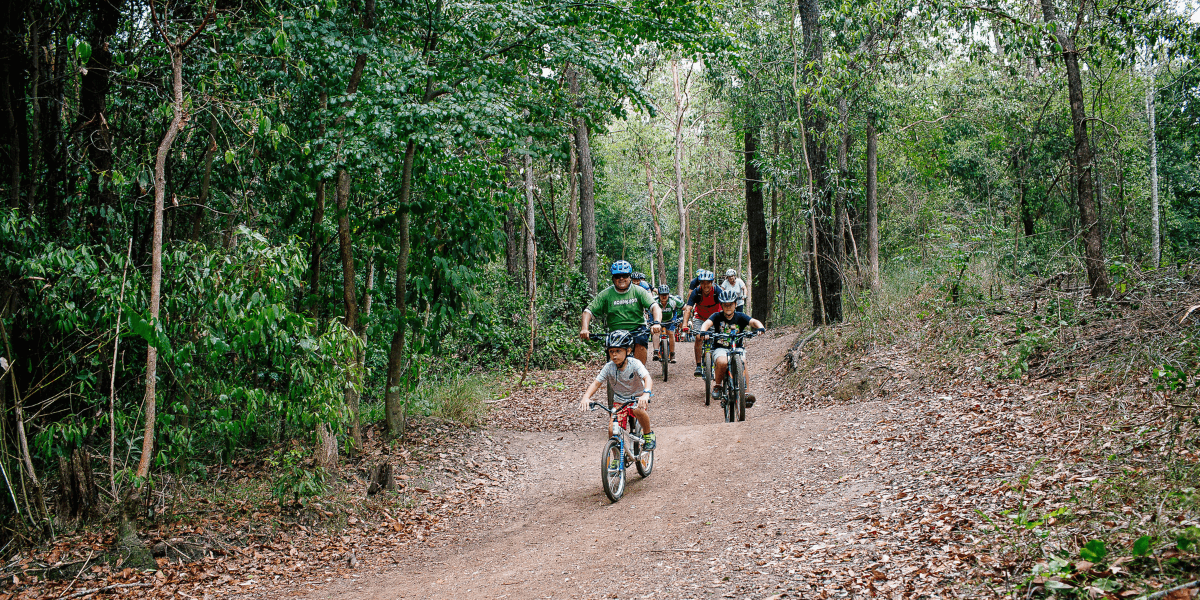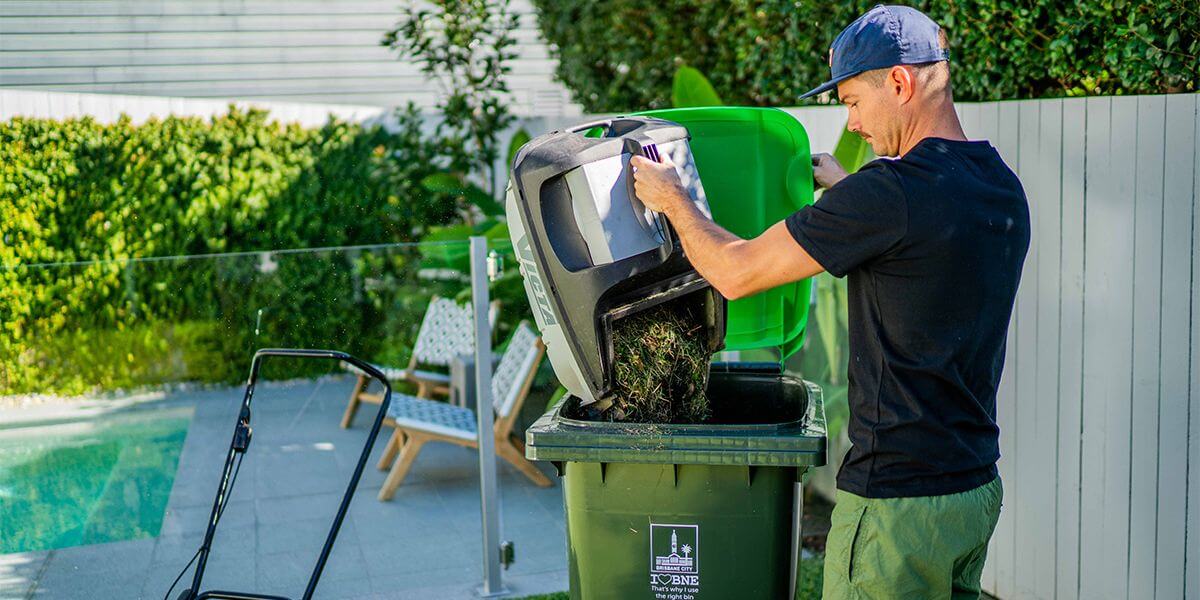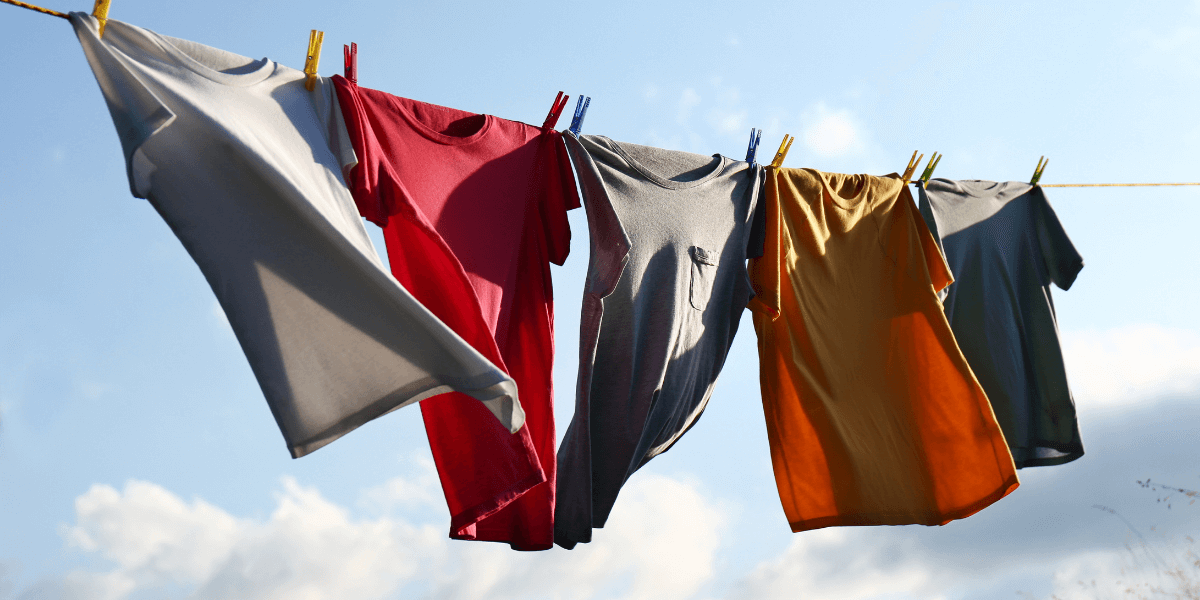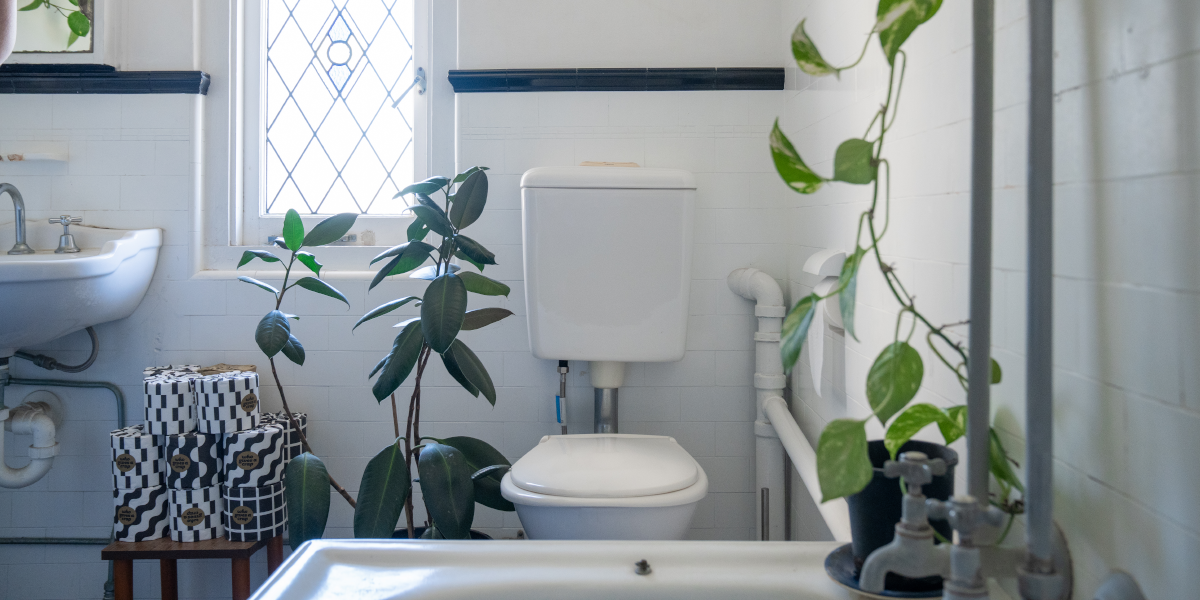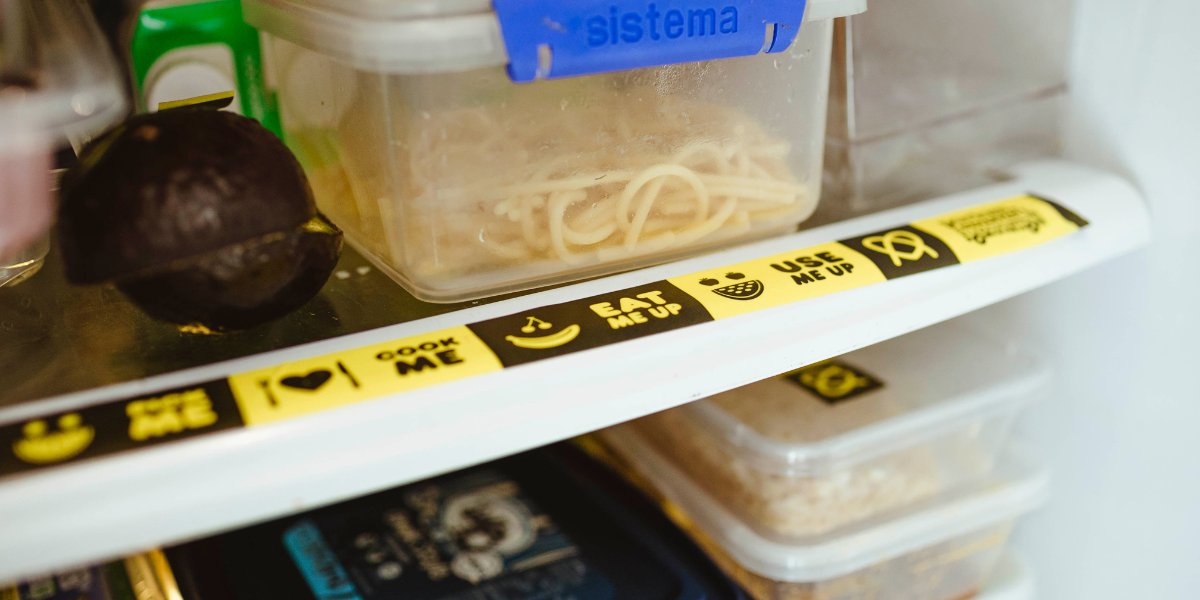GARDENING
WANT WEEDS WITH THAT? BRISBANE’S EDIBLE WEED GUIDE
Yes that’s right – eat some weeds! Most gardeners see all weeds as a problem, but it need not be so. Brisbane gardening guru Kate Wall explains.
Did you know some of the weeds we might hate in a typical south-east Queensland garden are are actually great edible plants?
Take cobblers pegs, for example. Most of us hate this plant because the spiky black seeds get stuck in our socks, but there is a lot more too this annoying weed. The United Nations is actually promoting it as a survival food in Africa because it grows so easily and is highly nutritious.
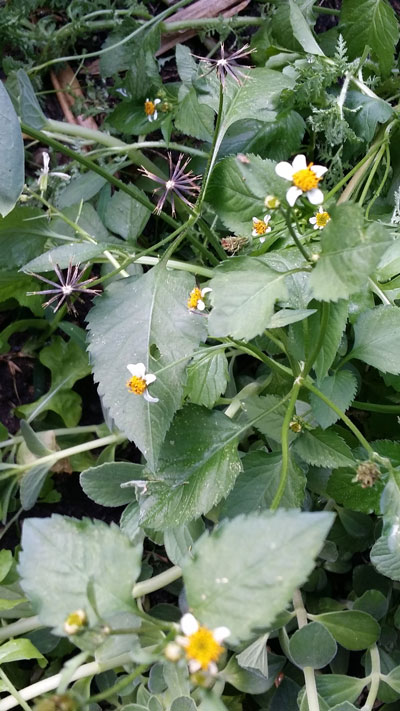
Many of the weeds found here in Brisbane are valued as food plants all over the world, including:
- Green amaranth (Amaranthus viridus)
- Chickweed (Stellaria media)
- Cobblers pegs (Bidens pilosa)
- Pigweed (Portulaca oleracea)
- False dandelion (Hypochoeris radicata)
- Plantain (Plantago lanceolata)
- Sow thistles (Sonchus oleraceus)
Here in Brisbane we do have some weeds which are more tropical in nature and not likely to found in the weed and herb books written in southern cities. Pink Baby’s Breath (Talinum paniculatum) is one such weed, also known as leaf ginseng. The root looks similar to ginseng root, but the plant has similar herbal properties to ginseng as well. This one grows as a weed throughout much of Brisbane in the warm season, giving us a reliable and nutritious food plant in the summer.
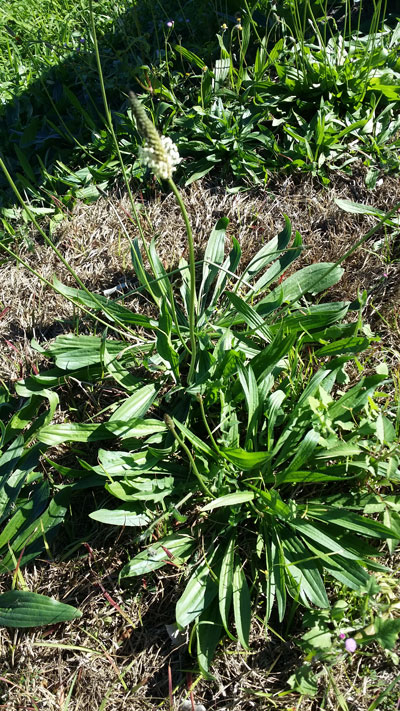
HOW TO GROW
Think of the effort you need to put into your vegetable garden. Weeds require none of this effort. They will find their own place to grow and will take care of themselves. I have planted many in my garden and with a little care they will grow bigger and better, but even wild picked weeds from poor soils are nutrition powerhouses. They can also be grown as a pot herb.
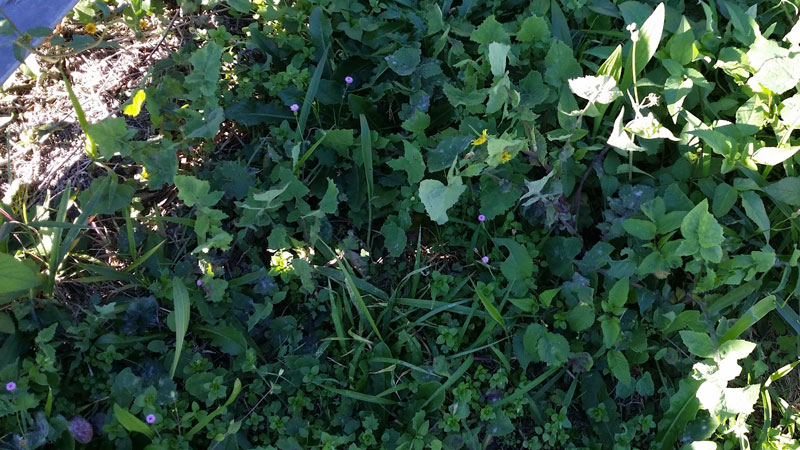
HOW TO USE
All of the weeds mentioned above have medicinal properties which they can be selected for, but equally they are all able to be added to our daily diets to sustain our health.
How to use? A simple way to consider this is to compare them to spinach – young leaves are great in salads, older leaves are better slightly cooked and can be added to almost any dish. I use all of the above weeds in salads, pestos, stir fry, curries, on pizza and in pasta sauces. All of these weeds also add a lot more nutrition to our diet than does spinach, and they are easier to grow!
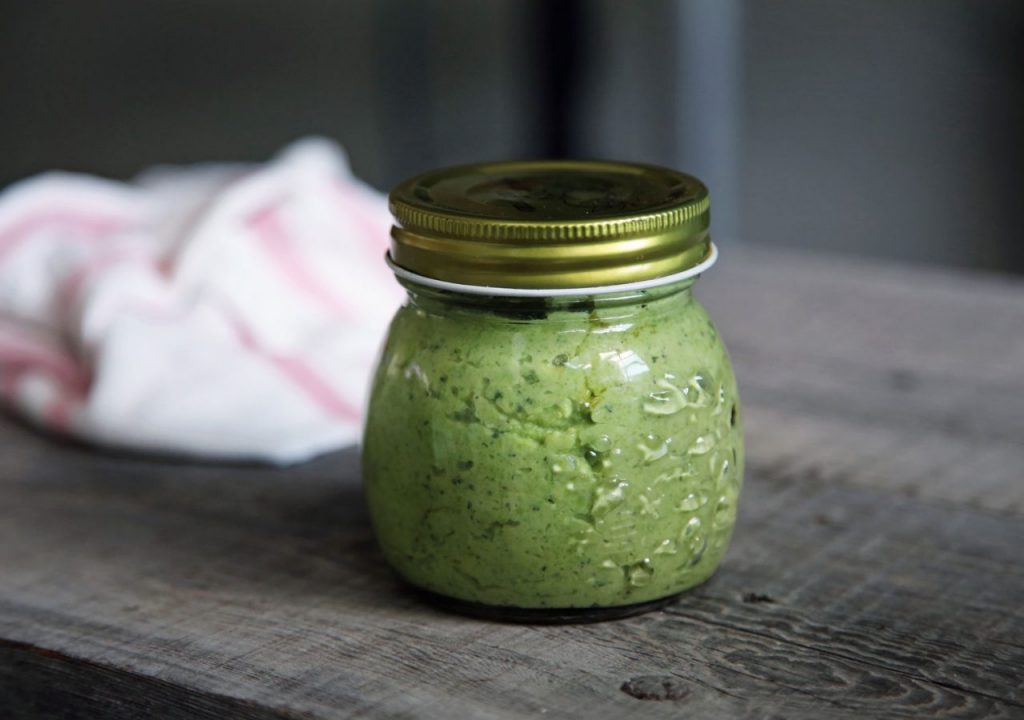
ABOUT WEEDS IN PUBLIC AREAS
If you are picking wild weeds, you do need to be aware of the potential for contamination. Many weeds can easily be found in roadside ditches. This is not an ideal foraging location. The roadside ditch may have accumulated heavy metals and other contaminants washed from the road. Public pathways and open areas may be sprayed with herbicide. You will probably be safe there if you are foraging after a few days of rain and the plants are looking healthy.
Allowing some of these weeds to make their self at home in your garden is a great way to know that you have a safe and easy source of healthy edible greens.
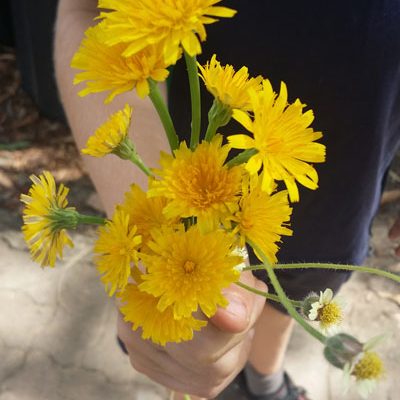
USE CAUTION AND ID YOUR WEEDS
Before you eat the weed, however, do make sure you take care with weed identification.
Some weeds can be confused with others, so use the correct scientific names given above to ensure you have identified the correct plant. These scientific names can be searched on the internet for clear pictures and good identification, or you can take your weeds along to a garden fair to ask the experts on hand for assistance with identification.
Attending a weed workshop is another great way to get to know which weed is which. If you are not sure of the identification of your weed, avoid eating it until you can find out with certainty.
And those annoying cobblers pegs still stuck in your socks? Always stand in the same spot to brush them off. Let them grow and harvest them at a couple of centimetres tall for super nutritious micro greens.

The author
Kate Wall
Kate Wall is has a lifetime of gardening experience in Brisbane. Through her business The Gardeners Wall she specialises in garden consultations and gardening workshops. You can find her speaking at various garden shows and garden clubs, and as a regular contributor to the Garden Drum ezine. Her goal is to teach people to create the most successful and sustainable garden they can, one that is climate appropriate and very beautiful.

